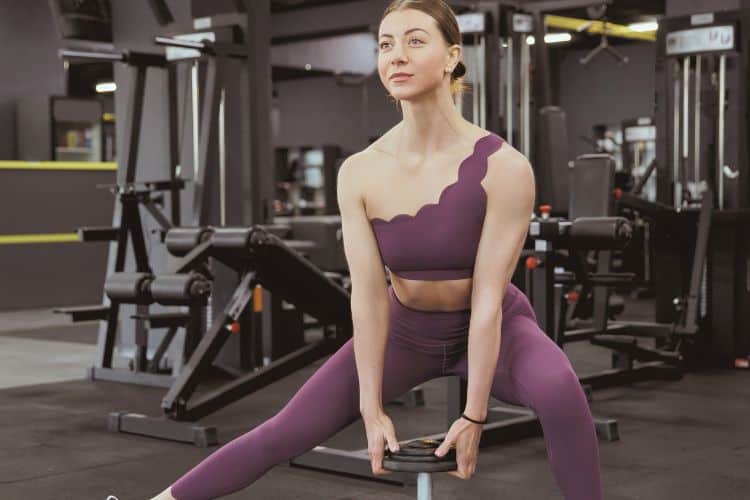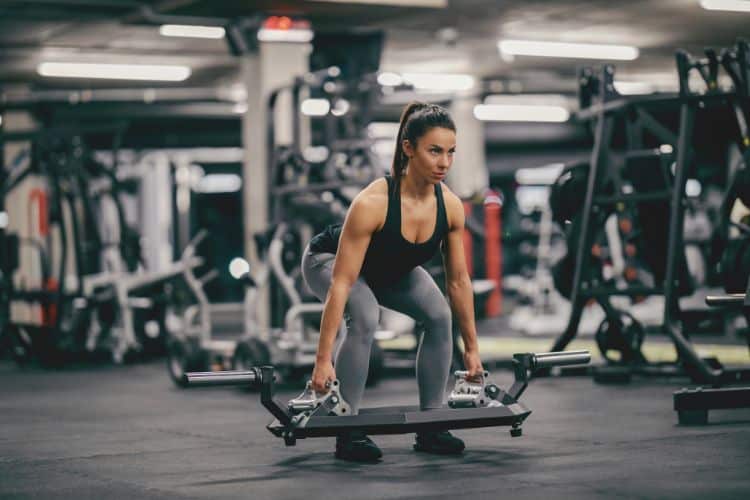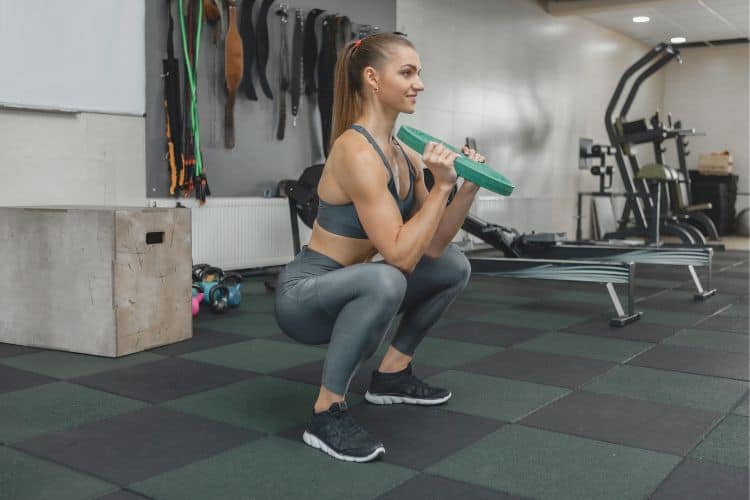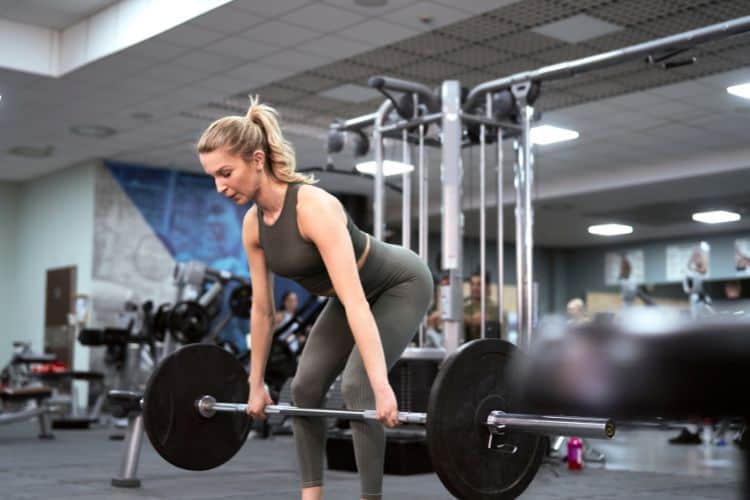Sign up for workout ideas, training advice, reviews of the latest gear and more.






When it comes to efficient training, few methods rival the power of a full body compound workout. Unlike isolation exercises that target just one muscle group, compound exercises engage multiple muscles and joints at once, giving you maximum results in less time. Whether your goal is fat loss, muscle building, strength gains, or athletic performance, compound movements should be the foundation of your training plan. In this comprehensive guide, we’ll explore the benefits of compound workouts, provide a list of the best full body compound exercises, and give you a structured workout plan that works for beginners, intermediates, and advanced lifters.
A compound workout is a training routine built around compound exercises—movements that require multiple muscle groups and joints to work together. For example, a squat recruits your quads, hamstrings, glutes, calves, and core, while also involving your hips and knees.
In contrast, isolation exercises like bicep curls or leg extensions target one muscle group at a time. While isolation has its place, compound movements allow you to lift heavier weights, burn more calories, and improve functional strength.
Compound exercises recruit multiple muscles at once, meaning you can stimulate more growth in less time. Movements like deadlifts, squats, and bench presses work your entire body and provide a higher return on investment compared to isolation exercises.
Since compound lifts use large muscle groups and demand more energy, they burn significantly more calories per session. This makes them ideal for fat loss workouts while still preserving muscle mass.
Compound training mimics real-life movements like bending, pushing, pulling, and lifting. This improves balance, coordination, and athletic performance.
A full body workout based on compound movements lets you train every major muscle group in fewer sessions. In just 45–60 minutes, you can complete a workout that hits your chest, back, arms, legs, shoulders, and core.
Big lifts such as squats and deadlifts trigger the release of anabolic hormones like testosterone and growth hormone, which support muscle growth and fat loss.
To design the ultimate full body compound workout, focus on multi-joint movements that target push, pull, squat, hinge, and core patterns.
Below is a balanced training plan that works every muscle group. Perform 3–4 sessions per week with at least one rest day between workouts.
Gradually increase weight, reps, or sets over time. Compound lifts respond best to progressive overload, which ensures continuous growth.
Since compound exercises involve multiple joints, improper technique increases injury risk. Always perfect your form before increasing load.
A full body workout routine allows enough frequency to stimulate growth without overtraining. Beginners can start with 3 sessions, while advanced lifters can aim for 4.
Use a combination of low reps (4–6) for strength, moderate reps (8–12) for hypertrophy, and higher reps (15–20) for endurance.
Compound lifts are demanding, so prioritize sleep, nutrition, and mobility work to recover properly.
A great workout plan is only half the equation—nutrition drives results.
A full body compound workout is one of the most effective ways to train. By focusing on big lifts like squats, deadlifts, bench presses, and pull-ups, you’ll build strength, burn fat, and improve overall fitness in less time. Whether you’re a beginner or an advanced lifter, compound movements should be the backbone of your training program.
Consistency, progressive overload, and proper recovery are the keys to long-term success. Build your workouts around these exercises, fuel your body with proper nutrition, and you’ll see incredible results in strength, physique, and performance.
Want more workout and video guide?
Follow us on Pinterest, Facebook, and Subscribe to our Newsletter and Stay tuned for FREE downloads of our App coming soon!
Stay up to date on the latest women’s health, fitness and lifestyle trends and tips.